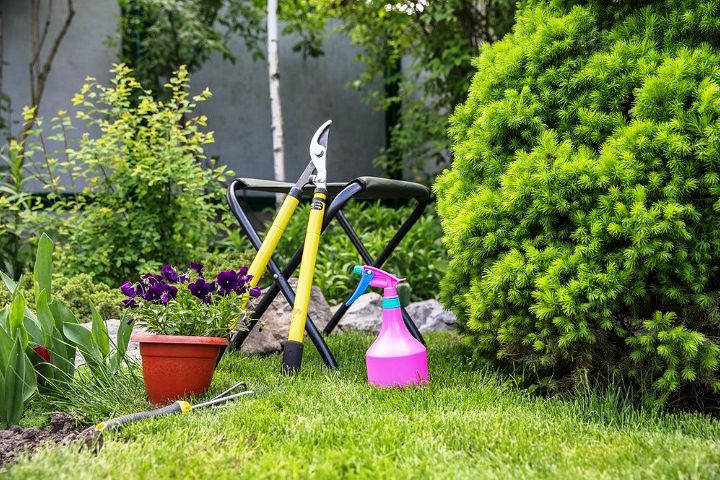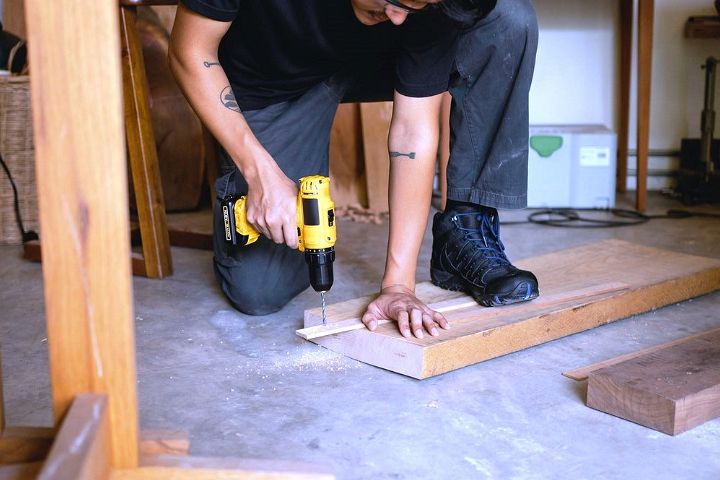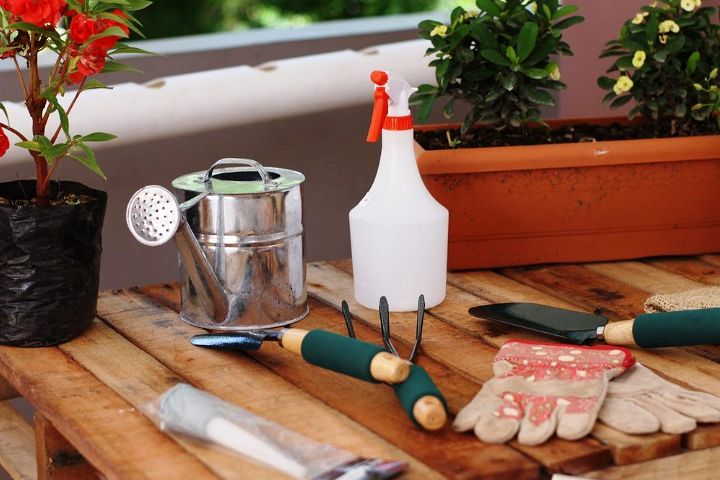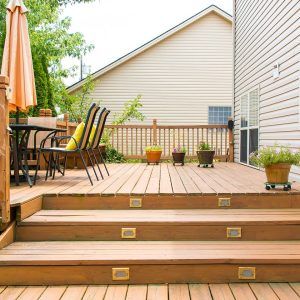Do you have a green thumb? If so, then taking on DIY gardening projects might be the perfect weekend activity for you. Whether it’s planting some new flowers in your garden or building a small greenhouse to grow tomatoes and herbs indoors in the winter, there are plenty of projects that require little more than patience and creativity. However, before you start any project at home, make sure you have all the necessary tools! This article will highlight 8 must-have tools for undertaking DIY gardening projects.

Chainsaws
Most DIY projects require cutting, and chainsaws are the perfect tool for this job. Whether you need to cut down a tree or chop apart some old boards into planks, these are definitely an essential tool for DIY projects.
A chainsaw is not only helpful for chopping wood; one can also be used to cut small logs into kindling, cut through metal or plastic, and even for carpentry. But, when it’s up to choosing and purchasing the best one for you and for the money you have – Backyard Mike has good advice – consider why you need it and compare the features to the price of each one. That way, you’ll be able to see which one comes as a good package for you.
You should also keep in mind that there are three types of chainsaws: electric, gasoline, and battery, and depending on where you plan to use it will determine which one is best for you.
Nail Puller
To remove nails from wood or other surfaces; to level and straighten crooked boards; and for stripping paint, a nail puller is always a good tool to have on hand. Available in both electric and manual variations, these might require some extra force to use but are a worthy tool.
Before you purchase one for yourself check the size of your nails and choose a nail puller that can handle them. Also, keep in mind that there are two basic types: single-claw (which has only one claw) and double-claw (which has two claws).
Hammers
It is tough to find a house without a hammer, and it will usually come in handy when undertaking DIY projects around the home. Hammers can be used for all types of tasks: from building to removing, securing to loosening, and crushing to cutting. And while most DIY projects require only one type of hammer, there are many different types available on the market.
For instance, a ball pen hammer is excellent for shaping metal or hitting chisels and punches; rubber mallets are perfect for assembling furniture without causing damage to it or yourself; framing hammers have square-shaped heads that make them an excellent choice for nailing beams during construction projects; tack hammers are used for tacking accessories onto clothes, ornaments to walls, etc.
Pry Bars
Also known as pry bars or crowbars, these are used for removing nails, scraping surfaces, or demolishing old structures. They are available in different variations and can be either short or long. They come in handy when undertaking DIY projects that involve the removal of items such as carpets, cabinets, or any other item that is nailed to the ground.
Before you purchase one make sure to check its weight and size since these will determine how comfortable you are while using it.

Socket Wrench Sets
When working with big DIY projects, especially for constructions like patios, decks, garages, etc., using socket wrenches is the best way to go. They are available in both manual and electric versions, can be used with a wide range of equipment, and come in handy for almost any task.
Check the strength of its grip so that it can handle various materials, especially if you plan on using it for heavy-duty tasks. Additionally, choose a model with a comfortable grip so that your hands don’t get sore after long periods of use.
Loppers
There are many situations in which loppers will come in handy. Not only can they be used to cut through smaller wood branches, but they can also cut through metal chains and thick roots when digging holes or planting trees. Also, make sure to get a pair with non-stick coated blades, as the coating will prevent corrosion and make cutting easier.
There are different types of loppers, so make sure to choose the right one for your DIY project. For instance, anvil loppers have a flat blade on one side and a sharp blade on the other; this type of lopper is used to cut through branches that are thicker than its handle grip. By contrast, bypass loppers have sharp cutting blades that move past each other to achieve the cut.
So if you need to cut thicker branches than what your handle grip can handle – which is likely in most DIY projects – then choosing a bypass lopper will be perfect for you.
Drills
Drills are an essential DIY tool that can be used to drive screws into wood and other materials, as well as fix objects together with bolts and nails. One great feature of most drills is they can be powered by a battery; this means you can carry it around the house, garden, or even to your workplace if you need it.
When picking one remember that there are two types of power drills: corded and cordless. Corded versions are strong but require an electrical outlet. If you want to avoid the hassle of long cables – then go for a cordless version.
Screwdrivers
Screwdrivers are another must-have tool for DIY projects; no matter what your project entails, you will definitely need this. The best part is there are many different types available, and they can be used for various tasks – from repairing appliances to assembling things.
When choosing a model, make sure you choose the right type of screwdriver head depending on what you are trying to achieve with it. For instance, a Phillips head is suitable for fixing flathead or crosshead screws; while a square head is perfect for extracting square-shaped screws.

The tools listed in this article are essential for undertaking any DIY gardening project. Make sure to choose the right model and type of tool for the job, and you’ll be able to get the work done with ease. Remember that safety should always be your top priority when using any of these tools, so read the manufacturer’s instructions carefully before starting your project.




